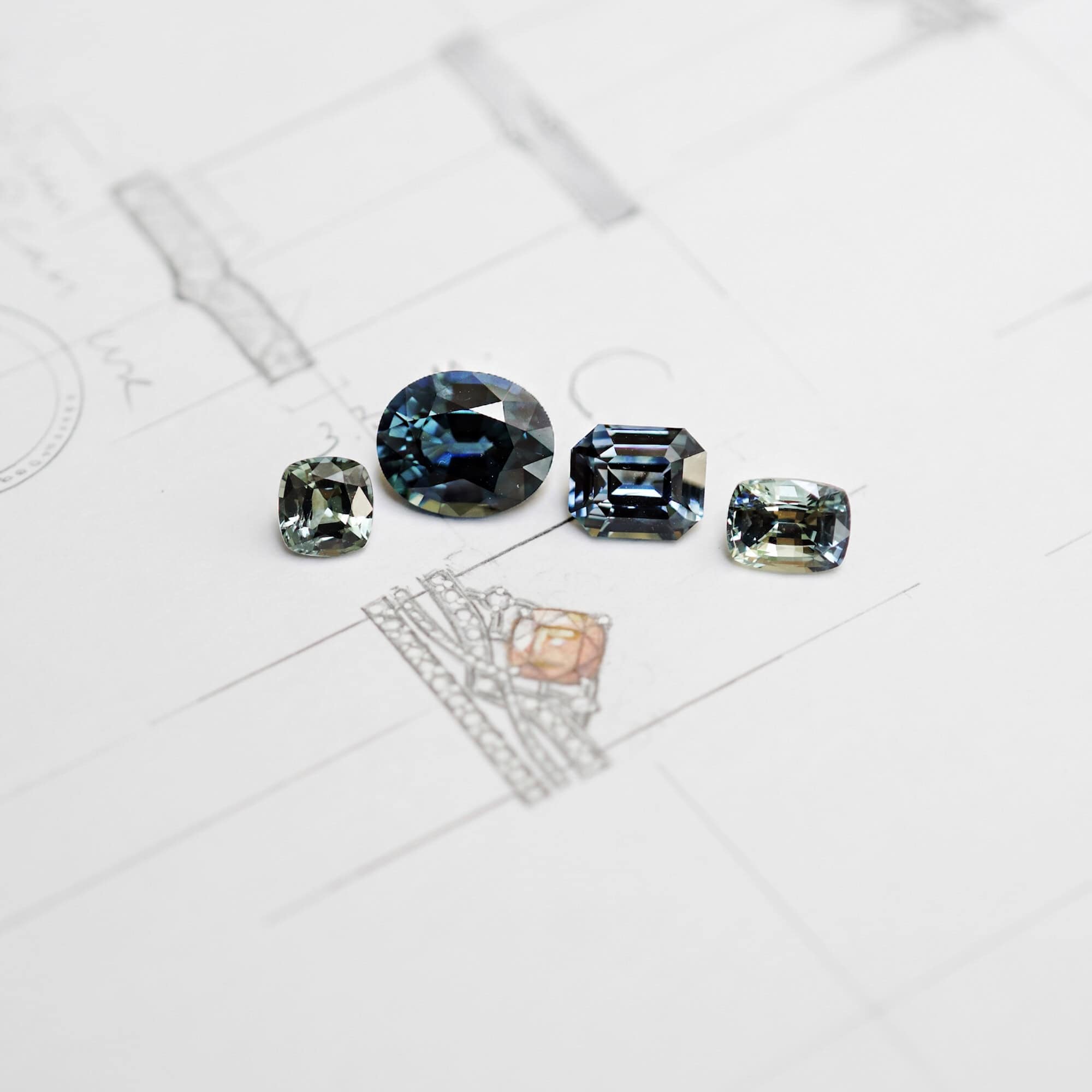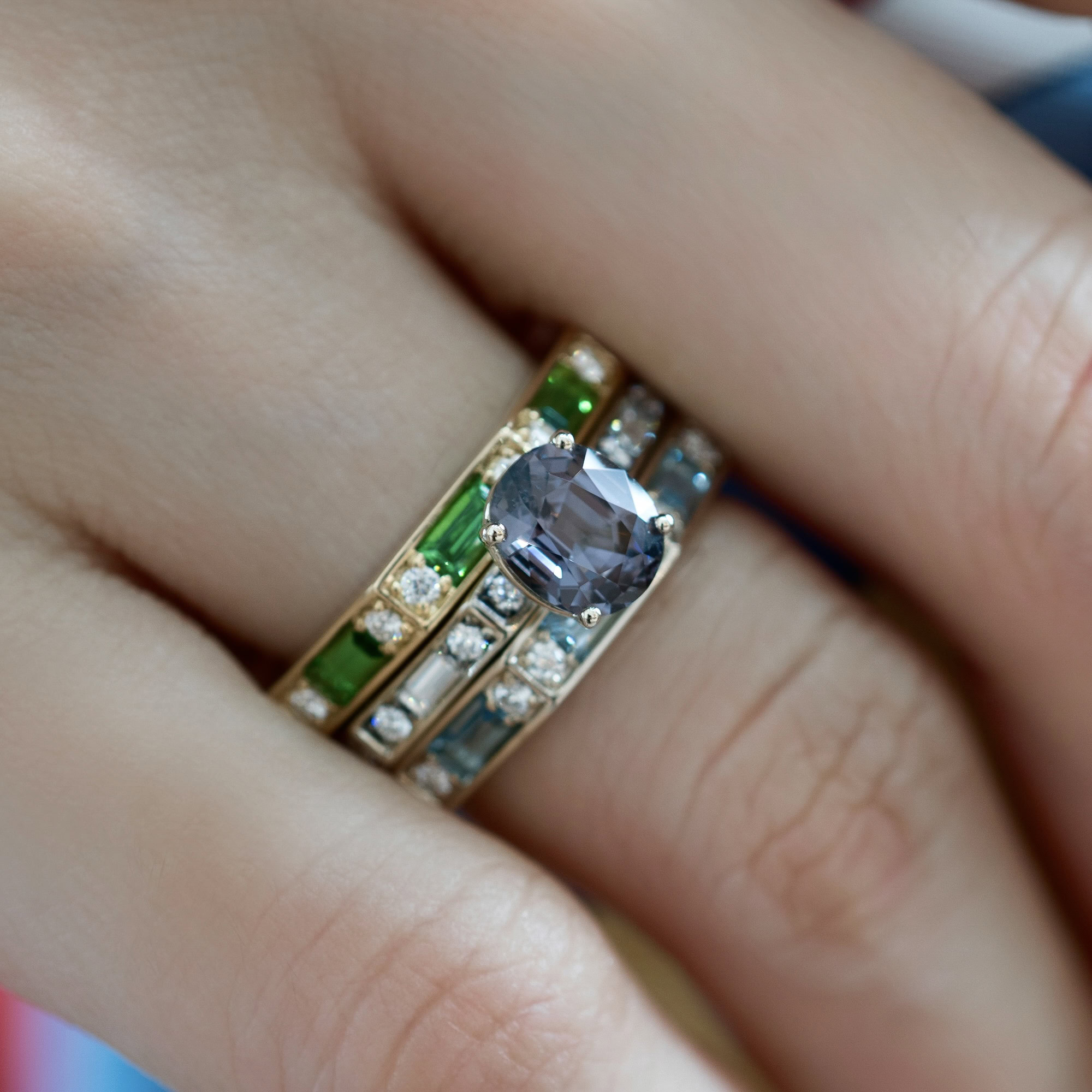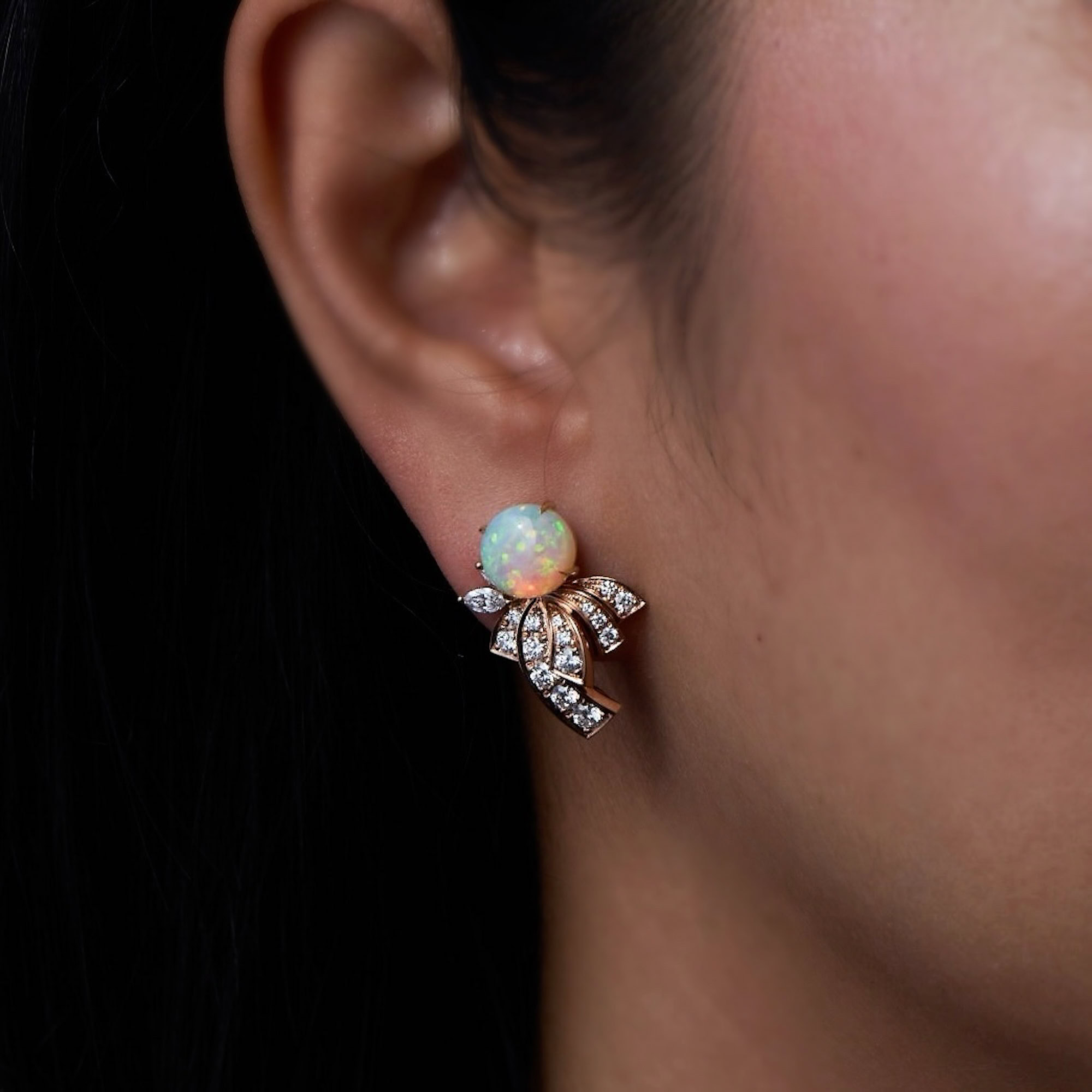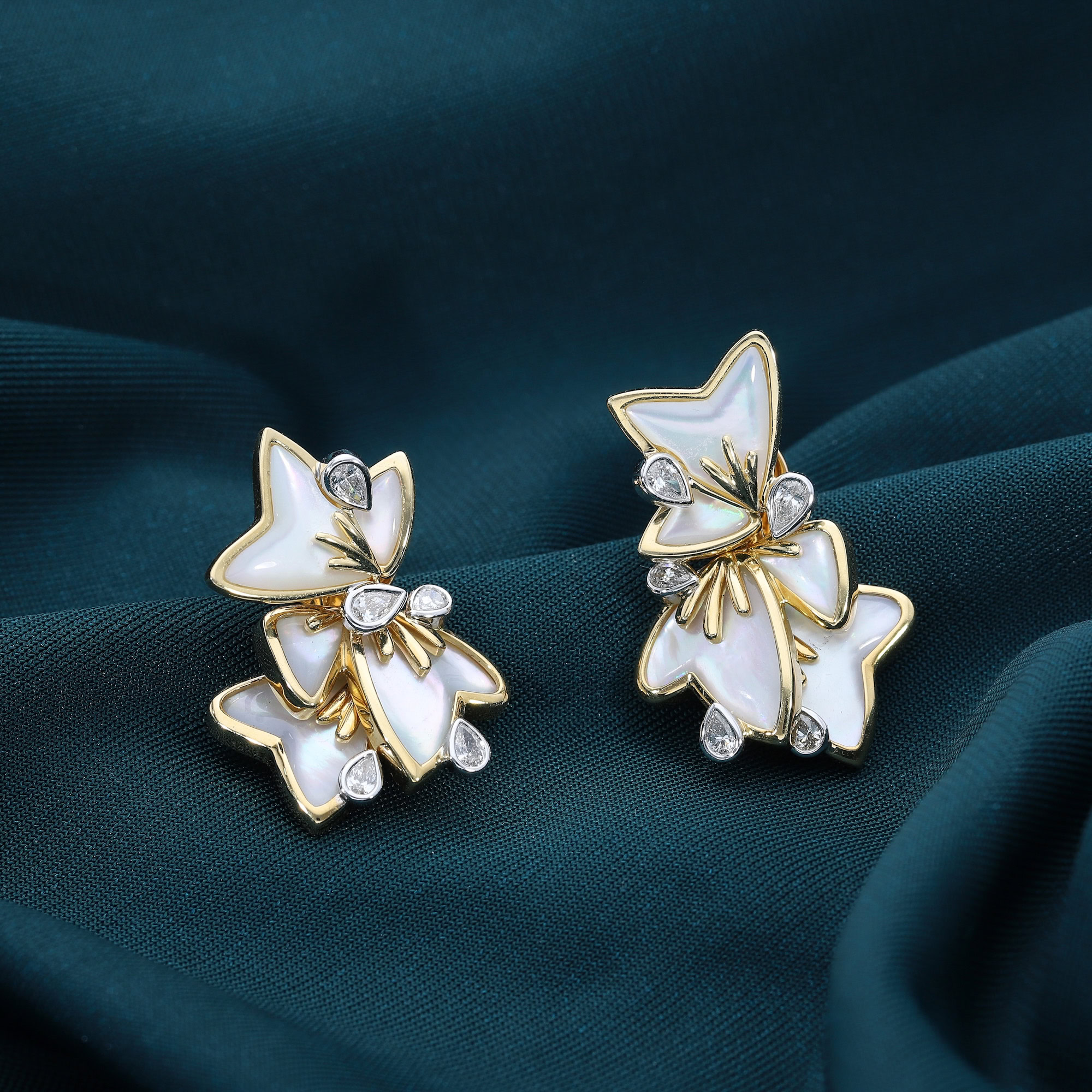The ancient craft of gemstone faceting trails back to 14th century Europe, when lapidaries noticed the potential for gemstones to reflect and refract light. That was the moment they began employing precise geometry in the cutting of various facet arrangements. Whereas some cut designations may describe the form of the finished gem, others allude to the shape and disposition of the gem’s facets.
The core trifecta of gem-cutting styles are brilliant, step and mixed cut, while shape combinations are endless and not always easy to identify. However, all cutting styles have specific characteristics that help recognise them. For this introduction, we focus on the three fundamental ones. They may also be merged by expert cutters in order to create unique gem designs.
Brilliant:
A popular option when it comes to diamonds and some coloured gems. As implied, this style gives off the most scintillation of any other; they are actually designed to optimise the crystal’s optical performance and maximise its fire and brilliance potential. Brilliant cuts consist of triangular and kite-shaped facets that spread outward from the centre of the gem.
Oval Bi-Coloured Tourmaline Ring – a modified brilliant cut:
Step:
Commonly used on emeralds, tourmalines, aquamarines and sapphires among others, step cuts consist of rectangular facets (usually long and narrow) that ascend the crown and descend the pavilion in steps. Examples of step cuts include emerald, asscher and baguette cuts. These are popular due to their ability to show off a stone’s colour and clarity, producing a subtle gleam.
Asscher cut aquamarine brooch/pendant – a variety of step cut:
Mixed:
Mixed cuts combine step-cut and brilliant-cut styles. They have brilliant facets on the crown and step facets on the pavilion, or vice versa. Mixed cuts may even combine cabbing and faceting techniques. For instance, with a rectangular mixed cut, it features a step-cut facet arrangement on the crown and brilliant-cut facets on the pavilion. Generally, this approach is used in coloured stones to break up the incoming light into a pattern that smooths the overall colour of the gem.
A mixed cut (cushion) Mint Tourmaline Ring:
Shapes & Style combinations:
In addition to standard cutting techniques, there are also many unique cutting styles. For example, a square modified brilliant cut is a princess cut. Of course, you can also find variations within all shapes. A triangular gem can have many or few facets, much or little brilliance and scintillation, etc.
Bonus: The Rose Cut
While brilliant and step cuts are presently the most popular choices, the rose cut is a unique style with great historical relevance. Dating back to the 16th century, the rose cut usually has a round, cabbed flat base and a faceted top.
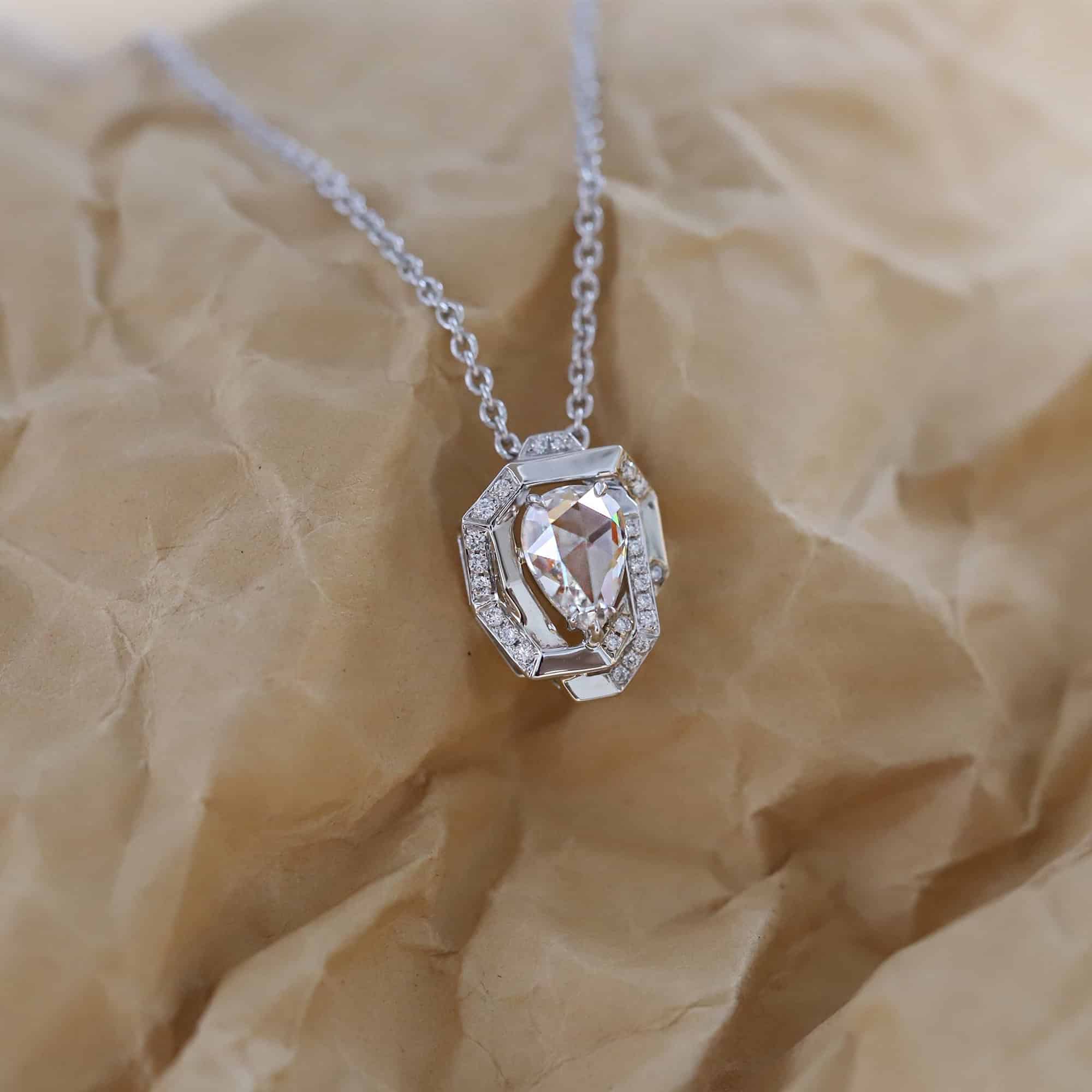
The bottom line:
Gems are faceted, cut, and polished to intensify their natural beauty – a type of artistry that requires great expertise in gemology and physics, requiring years of practice. On the other hand, recognising different gemstone cuts is not necessarily complicated, if you are well familiarised with the specifics. However, it does take some level of inside knowledge and a keen eye.
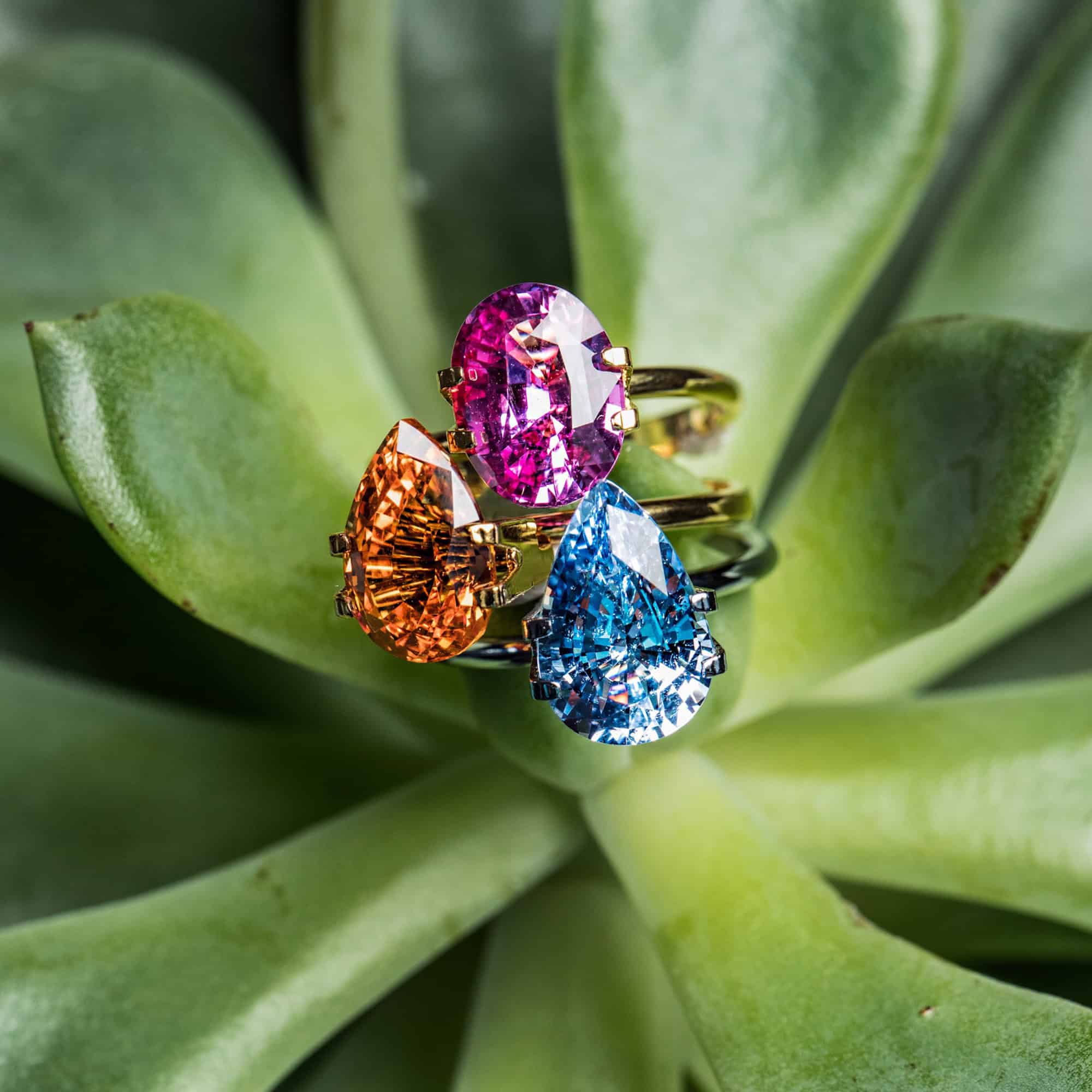
If you’re searching for an engagement ring or a special custom-made jewel, it’s helpful for you to be able to identify which cutting styles appeal to you. We’re happy to educate and guide you through the world of coloured gemstones so we can curate a personalised selection just for you.
When it comes to the Calla Lily Bespoke Experience, it’s always a co-creation in the designing of your unique piece: a delightful and enjoyable journey!

